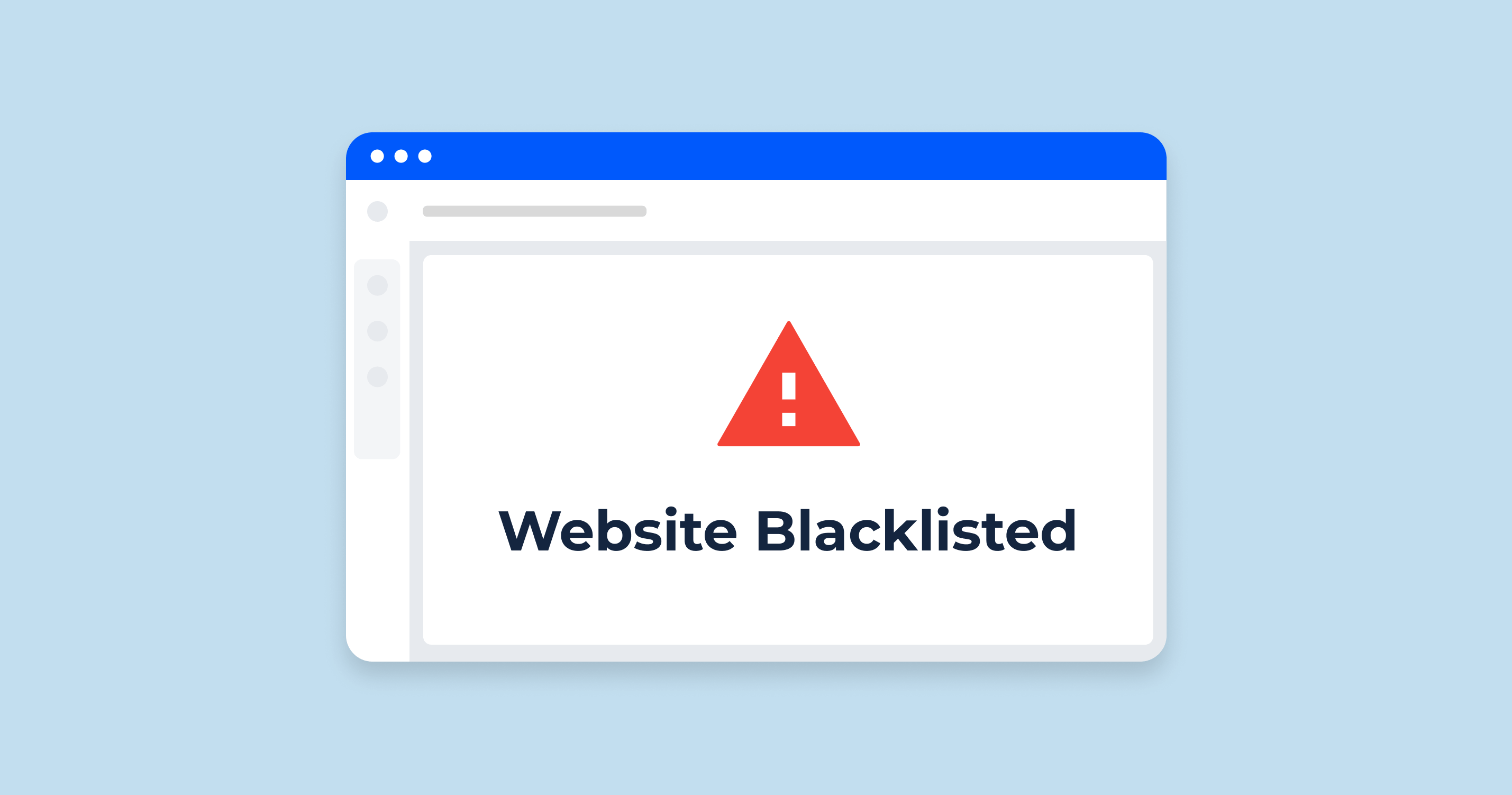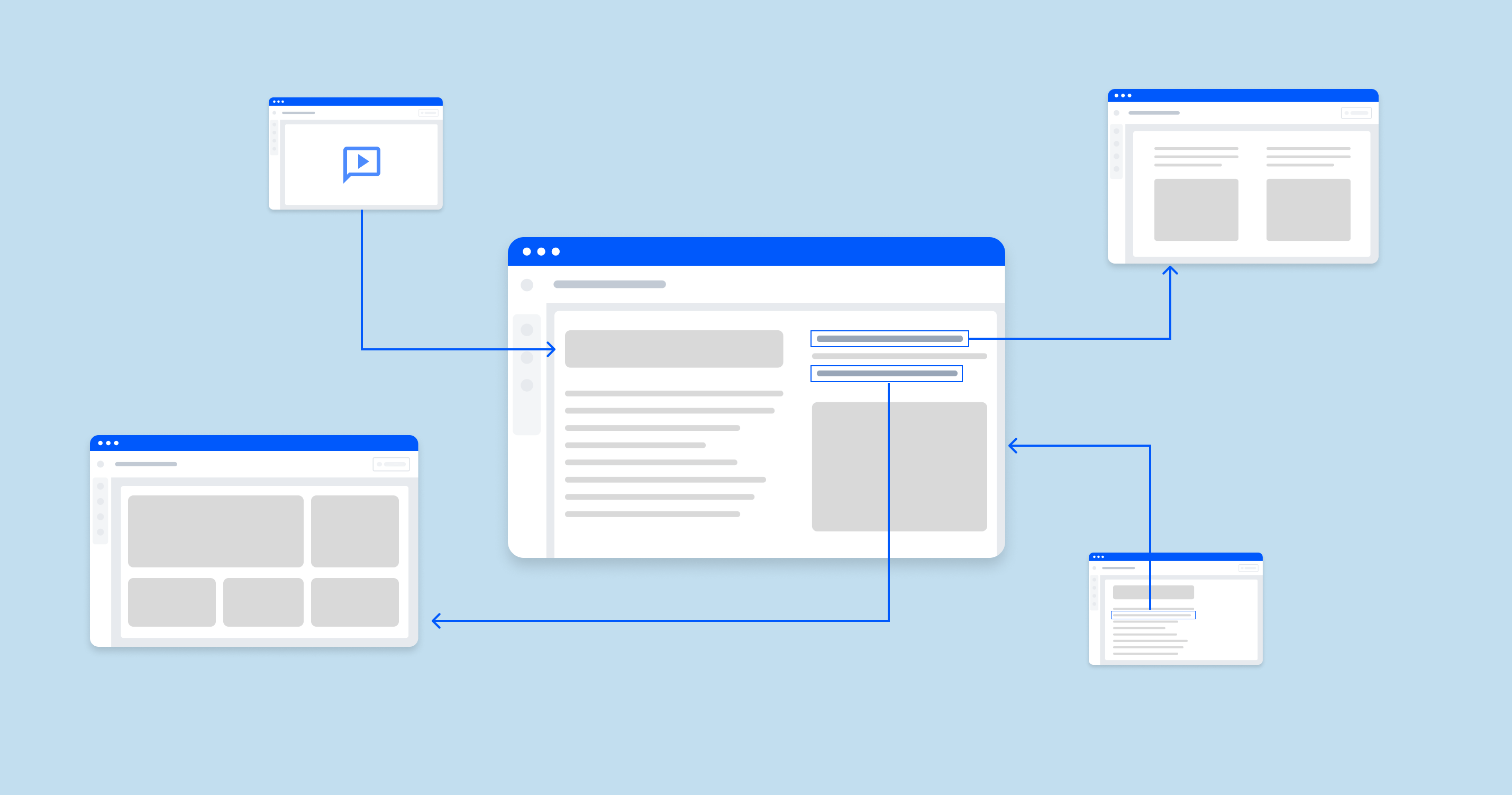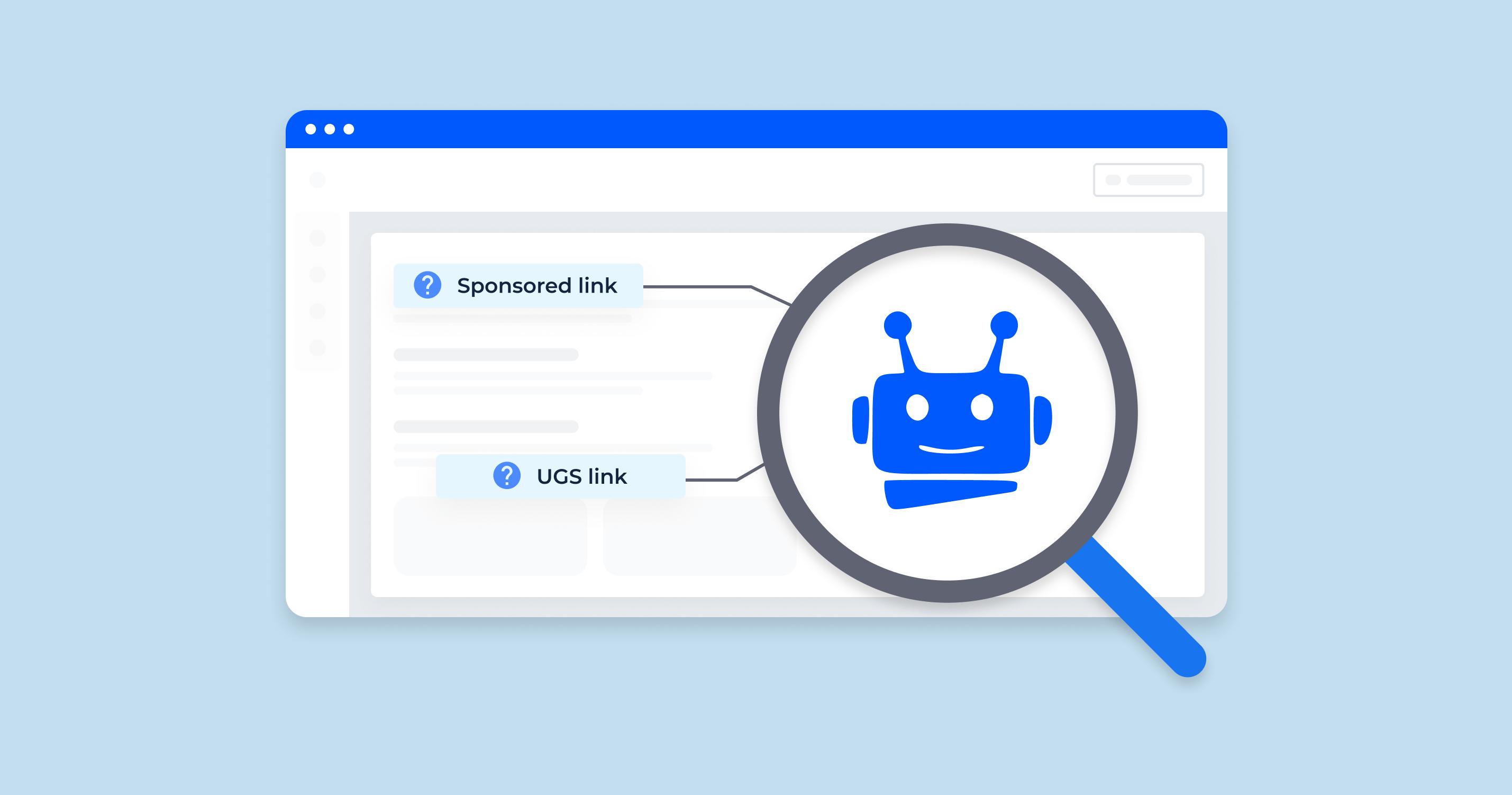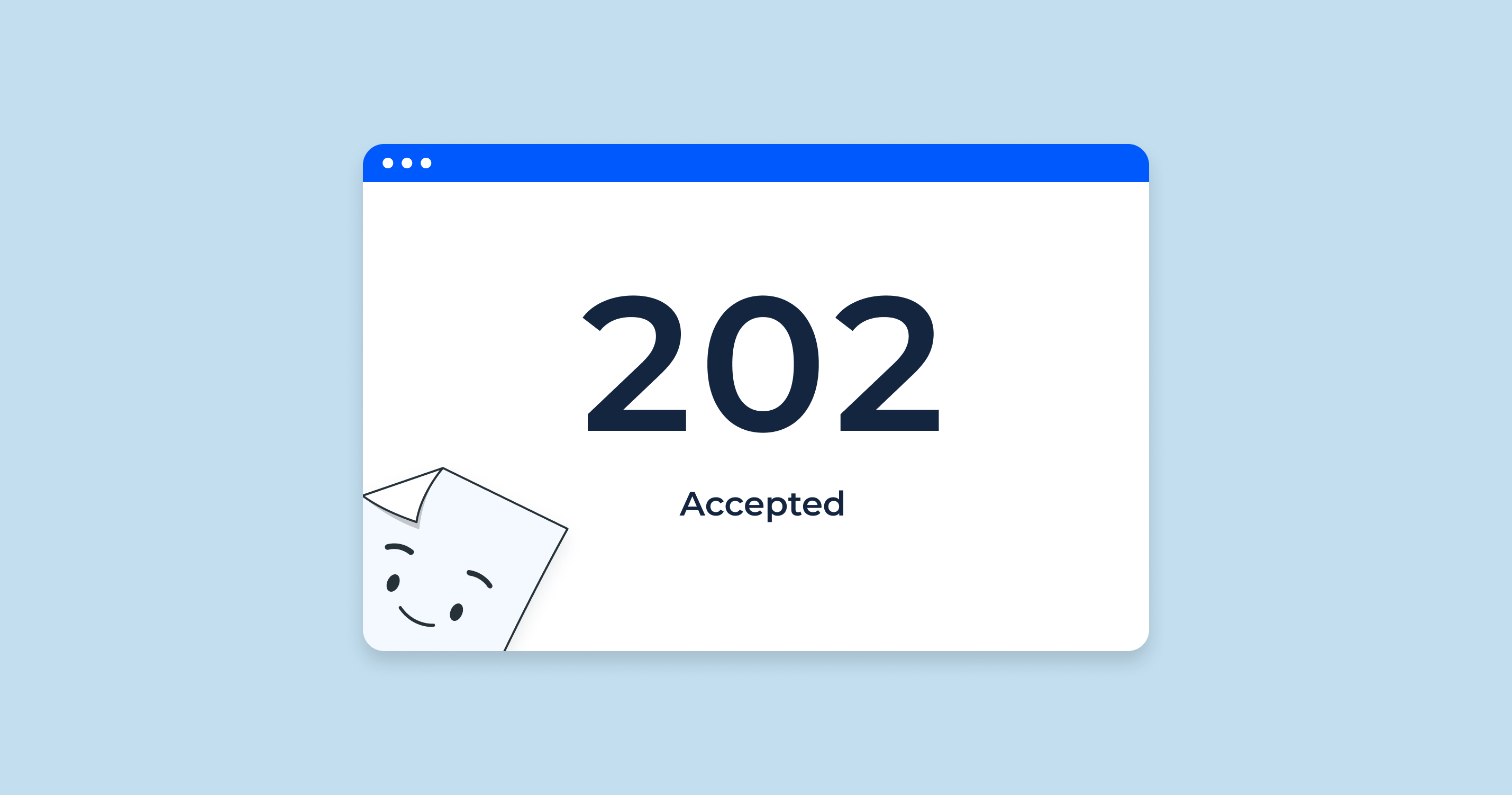A blacklist, in the context of technology and cybersecurity, refers to a list of entities that are denied access, service, or recognition due to meeting certain conditions deemed unacceptable or suspicious. These entities could include IP addresses, email addresses, websites, software applications, or users that are known to engage in harmful activities such as spamming, phishing, or distributing malware.
URL blacklisting is a procedure employed by search engines, antivirus companies, and several internet security organizations to penalize websites that violate their guidelines. The punishment often comes in the form of demotion in search engine rankings or complete removal from the search index, effectively rendering the URL invisible to users on the internet.
Google Blacklist
As outlined in Google’s Safe Browsing Advisory, the identification of potentially harmful sites is facilitated by automatic algorithms and user feedback. The potentially harmful URLs can be classified into three primary categories:
- Social Engineering Pages. These pages, also known as phishing and deceptive sites, aim to trick users into potentially harmful actions online, like revealing personal or financial details or installing undesired software.
- Malware Pages. These are web pages harboring malicious code that could potentially download and install unwanted software on your computer without your knowledge, aiming to steal personal information or manipulate your computer into performing unintended actions.
- Unwanted Software Pages. These pages advertise software that infringes upon Google’s Software Principles and might be detrimental to the user experience. Such software might falsely advertise features, conceal significant functionalities, unknowingly collect private user data, and more.
While Google’s Safe Browsing Service is designed to shield users from phishing and malware, it could adversely impact businesses unaware of their site’s compromise or infection, potentially resulting in considerable traffic and revenue losses.
To sidestep such adverse effects on your site, we will now delve deeper into the reasons a site might end up banned.
URL Blacklist in Google Chrome
For those who use Google Chrome, encountering a warning page when trying to access certain websites is a common experience. These warnings, which might read as “The site ahead contains malware” or “Deceptive site ahead,” flag potential threats such as malware or phishing.
A screenshot of Google’s warning page illustrates that the website being accessed has been flagged for harboring harmful programs.
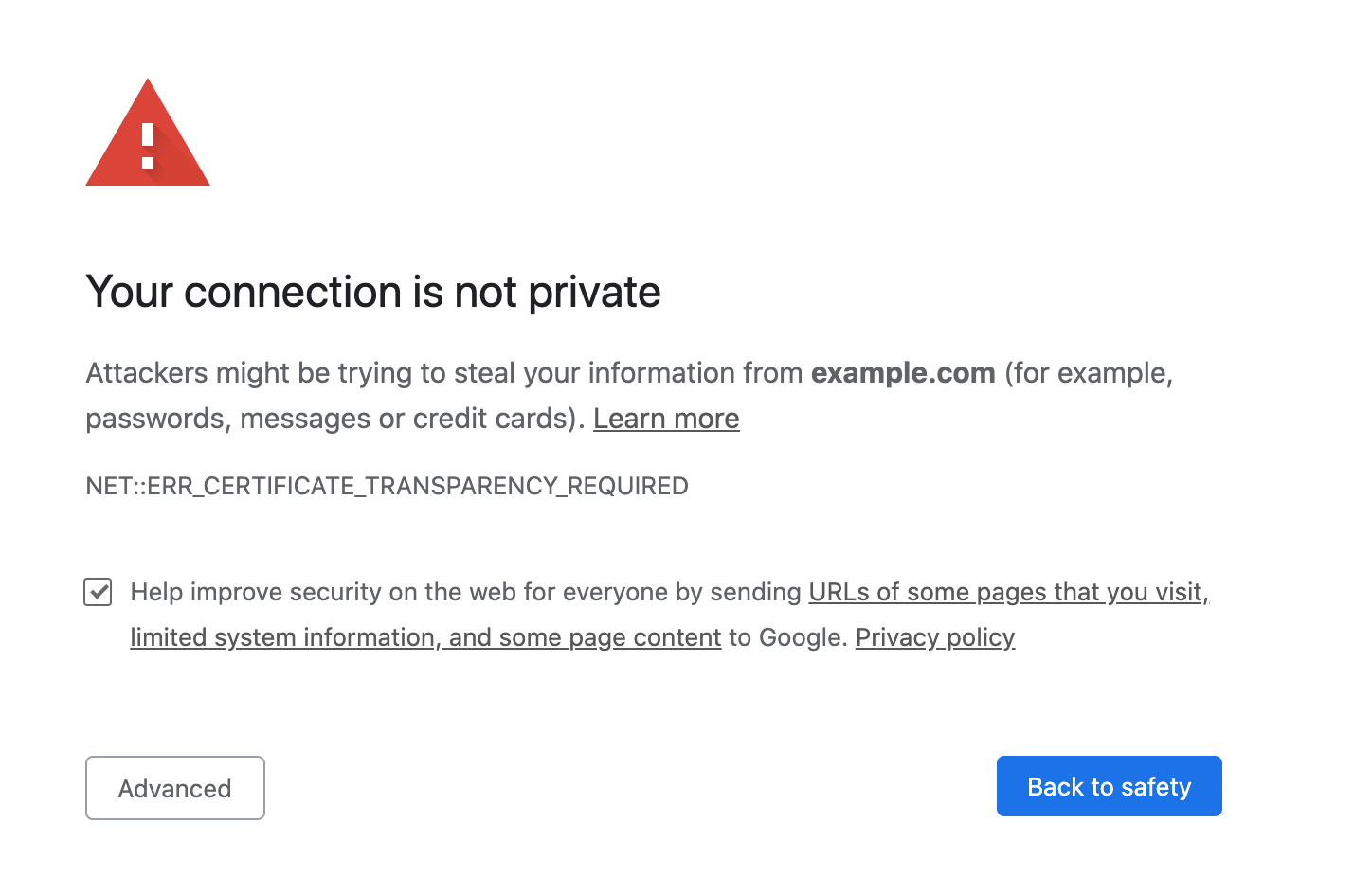
While users have the option to proceed to the website despite the warning, most opt to return to their previous page or to the search results, thereby minimizing their exposure to potential harm. This method of alerting users to potential dangers serves as a straightforward but powerful protection mechanism in the digital world. Below, we delve deeper into Google’s approach to flagging harmful sites.
How a Website Can Get Blacklisted?
A website can get banned for a variety of reasons, typically revolving around security issues or violations of the terms of service of search engines, internet service providers, or other web-based platforms. Here are the main ways that a site can end up being blacklisted:
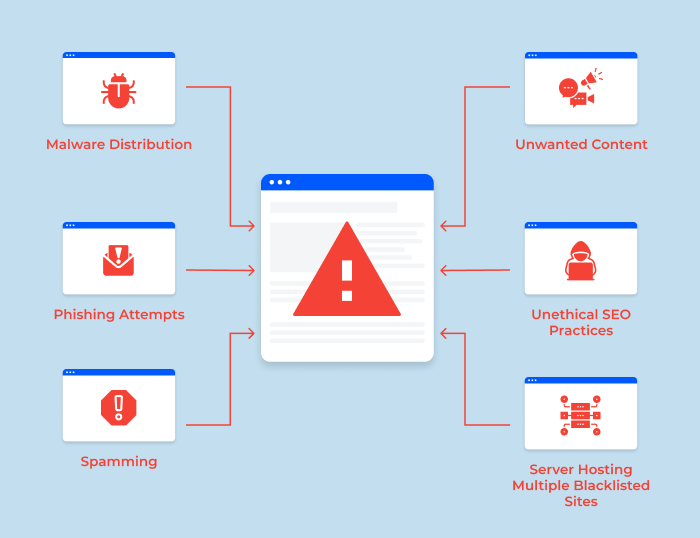
1. Malware Distribution. If a website is found to be distributing malware, either purposefully or because it has been compromised by an attacker, it will likely be blacklisted. This is to protect internet users from downloading harmful software onto their devices.
2. Phishing Attempts. Websites that attempt to deceive visitors into providing personal or sensitive information (like passwords or credit card numbers), a practice known as phishing, will be banned.
3. Spamming. Websites that are used to distribute spam, whether that’s through email or in the form of comment or forum spam on the website itself, can be blacklisted.
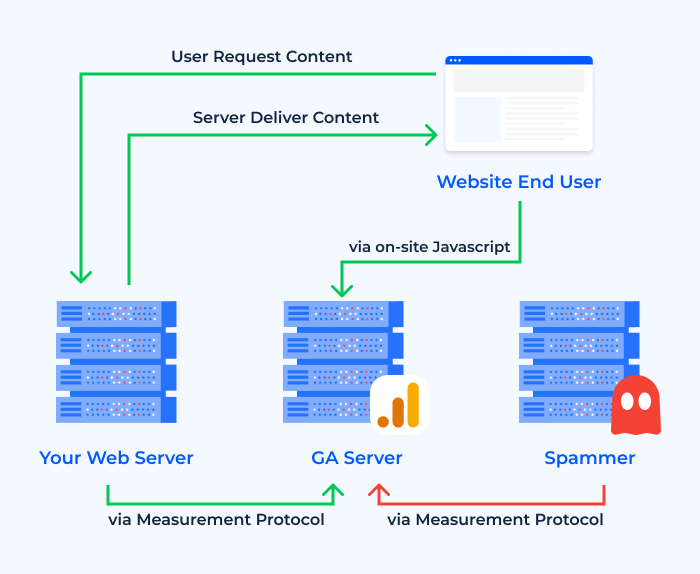
This also includes sites that engage in ‘referral spam’ in Google Analytics.
4. Unwanted Content. Websites that host content that is against the policies of search engines or other platforms, such as adult content, violent content, or content that infringes on copyright, can be banned.
5. Unethical SEO Practices. If a website is caught using unethical SEO practices, sometimes called black-hat SEO, it may be banned. These practices can include keyword stuffing, cloaking, using private link networks, and other techniques that are against Google’s Webmaster Guidelines.
6. Server Hosting Multiple Blacklisted Sites. If your website is hosted on a server that is hosting other blacklisted sites (for spamming, phishing, or malware), your website can also be banned. This is often the case with shared hosting, where multiple websites are hosted on the same server.
7. Hacked Website. If your website has been hacked and is being used for malicious purposes without your knowledge, it can end up being blacklisted.
More about hacked websites on the video by Google Search Central:
To avoid getting blacklisted, it’s essential to follow best practices for website security and SEO, ensure that your content is in line with the policies of the platforms you use, and regularly monitor your website for signs of suspicious activity.
Determining if a Webpage is Blacklisted
Determining if a webpage is blacklisted can be done in a few steps. Begin by conducting a site query on Google (e.g., site:example.com). A warning message appearing in the search results indicates the site might be blacklisted.
Google also provides tools for site analysis through its Search Console. In the event of security issues, site administrators receive notifications directly. Google has a special tool to verify if a site has been delisted due to copyright infringements, which can be found at Transparency Report. Various other free online tools can also assist in determining if a domain is blacklisted.
Google’s Transparency Report, which includes a screenshot of the transparency report of google.com, can also provide useful insights.
If a domain is delisted and the owner desires to have it re-included, a reconsideration request should be submitted. This can only occur after all problematic content has been removed and all security issues resolved. The request should be detailed to expedite the process at Google. It may take between one to five days for a website to reappear in Google’s index, depending on the complexity of the issues involved.
It’s important to note that banning is not exclusive to Google. Numerous organizations compile blacklists of IP addresses and URLs believed to be propagating malware or causing other security concerns. Some of these lists are public and free, but usage restrictions may apply.
Content Management Systems (CMS) often offer the ability to create custom content-blacklists to control user-generated content, such as comments. Simple content blacklists might take the form of word filters.
Email-blacklists are another form, especially significant in the realm of email marketing. These typically include domains and/or IP addresses believed to be sending spam emails. These sources are blocked by email providers, preventing delivery. However, since various email providers (Gmail, GMX, etc.) maintain separate blacklists, a domain flagged by one provider may not be blocked by another.
How to Fix a Blacklisted URL?
We will delve into the steps necessary to recover a blacklisted URL. Being blacklisted can significantly impact your website’s visibility and functionality, often resulting in a loss of trust among users and search engines. We will explore how to identify the issues leading to the ban, address and remove any harmful elements, and work through the process of requesting removal from the list. We’ll also touch on best practices to secure your website from future blacklisting, ensuring uninterrupted access for your users.
- Identify the Problem. First, you need to identify why your site was blacklisted. Some useful tools for this include Google’s Search Console, which will provide alerts about any detected security issues. Additionally, third-party tools and services can help you understand if your site has been flagged due to phishing, malware, or spam.
- Clean Your Site. Once you’ve identified the issue, you need to clean your site. If it’s malware, you’ll need to locate and remove the malicious code. In some cases, this might mean reverting to a clean backup of your website or even hiring a professional to ensure the malware is completely removed.
- Update & Secure Your Site. Make sure all your website software (CMS, plugins, themes, etc.) is updated to the latest version, as outdated software can be a target for hackers. Implement strong security measures such as using strong passwords, limiting login attempts, and regularly scanning for vulnerabilities.
- Remove Blacklist Warnings. After cleaning and securing your website, you need to request a review to have the blacklist warning removed. This process varies depending on where your site is blacklisted.
- Google Search Console: If your site is blacklisted by Google, you can submit a reconsideration request through Google’s Search Console. Make sure to detail the steps you took to clean and secure your website.
- Email Blacklists: If your IP address is blacklisted due to spam emails, you need to find out which email blacklist has your IP address and follow their removal process. This often involves confirming that you’ve resolved the issues that led to your IP being flagged.
- Other Blacklists. If your site is banned by a security company or an Internet Service Provider (ISP), you’ll need to reach out to them directly to find out how you can have your site removed from their blacklist.
- Monitor Your Site. After the blacklist has been disavowed, continue to monitor your site to ensure it stays clean and secure. Regularly check for updates, scan for vulnerabilities, and follow best practices for website security.
Remember, fixing a blacklisted site can be a complex process depending on why your site was blacklisted. It’s often a good idea to seek professional help if you’re not comfortable doing it yourself.
Domain Blacklist Checker for Detecting Site Blacklists
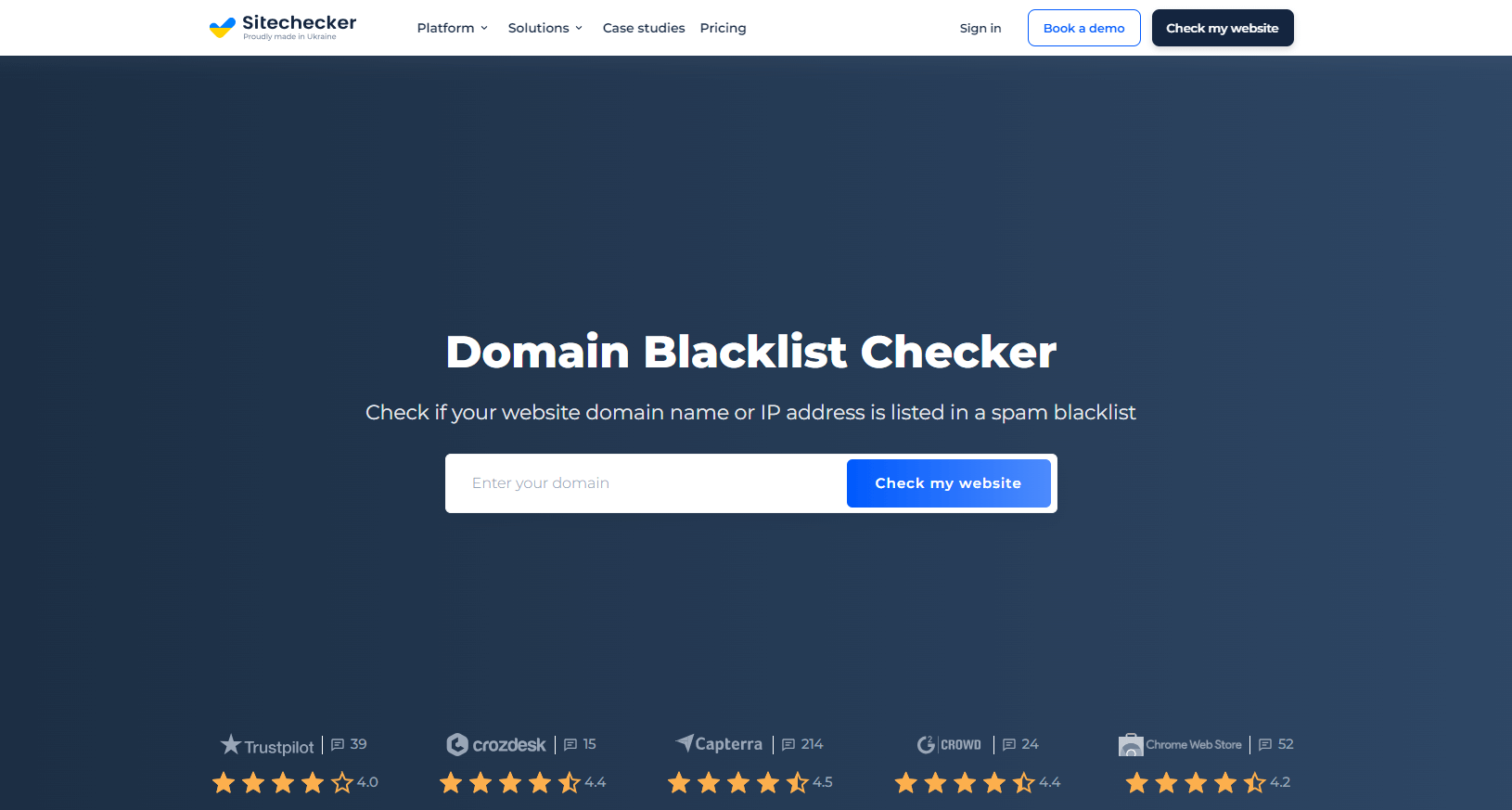
Domain Blacklist Checker is a valuable tool for website owners seeking to determine if their site has been blacklisted. This online utility is simple to use and requires only the input of your website’s domain to begin the process.
Upon entering the domain, the Domain Blacklist Checker will examine a range of blacklists to see if your website appears on any of them. These lists encompass those maintained by search engines like Google, security companies, and internet service providers (ISPs), among others.
The tool cross-references the provided domain with these lists, looking for matches. If a match is found, it indicates that the domain has been blacklisted, which can have serious implications for website traffic and search engine ranking.
If your site is detected on some list, the Domain Blacklist Checker will also provide information about which specific list your site is on. This is useful for the next steps of resolving the issue, as different blacklists may require different procedures for removal.
Domain Blacklist Checker is an effective, user-friendly utility for determining the blacklist status of your domain. This information is crucial in maintaining the health and reputation of your website, and the tool can be an integral part of your site’s security strategy.
Conclusion
Blacklisting is a cybersecurity measure used to restrict access to harmful entities on the internet. Entities such as websites can be banned by search engines, antivirus companies, and other security organizations for violations of their guidelines.
If a site is blacklisted, users are warned when attempting to access it, protecting them from potential threats. Google, using automatic algorithms and user feedback, categorizes harmful sites into social engineering pages, malware pages, and unwanted software pages. Although flagging is important for online safety, it can negatively impact businesses with compromised sites.
It’s therefore essential for businesses to monitor their website’s status using tools like Google’s Search Console and the Domain Blacklist Checker, and take steps to maintain a secure online presence.
